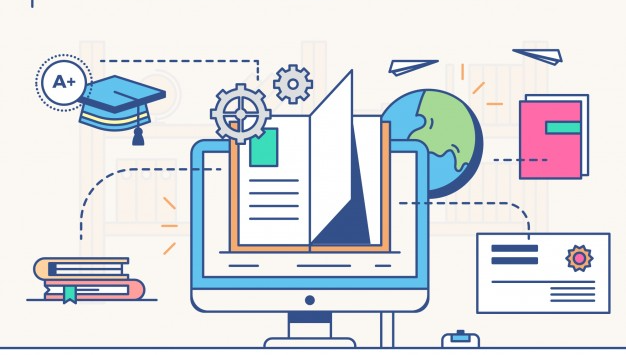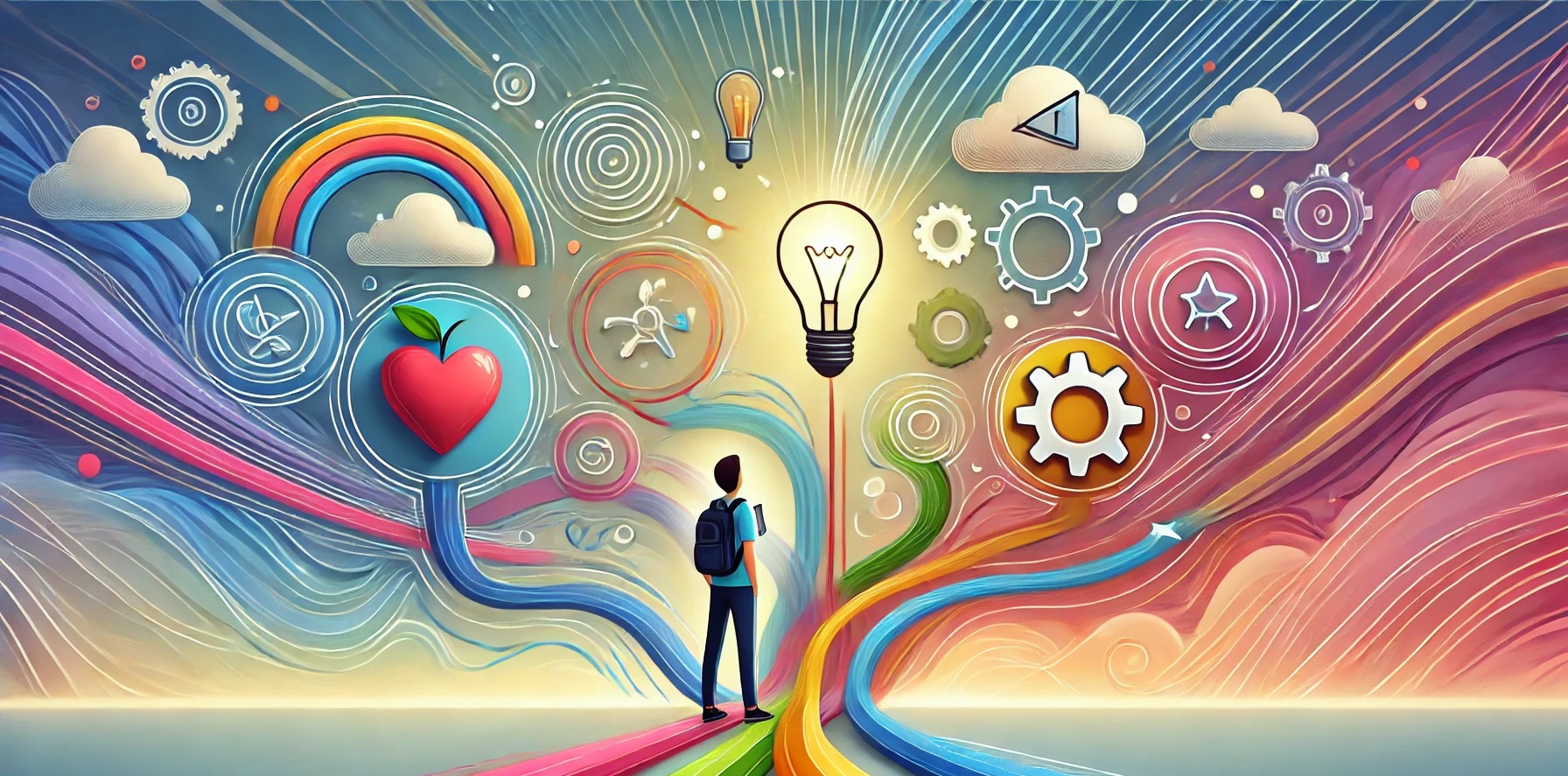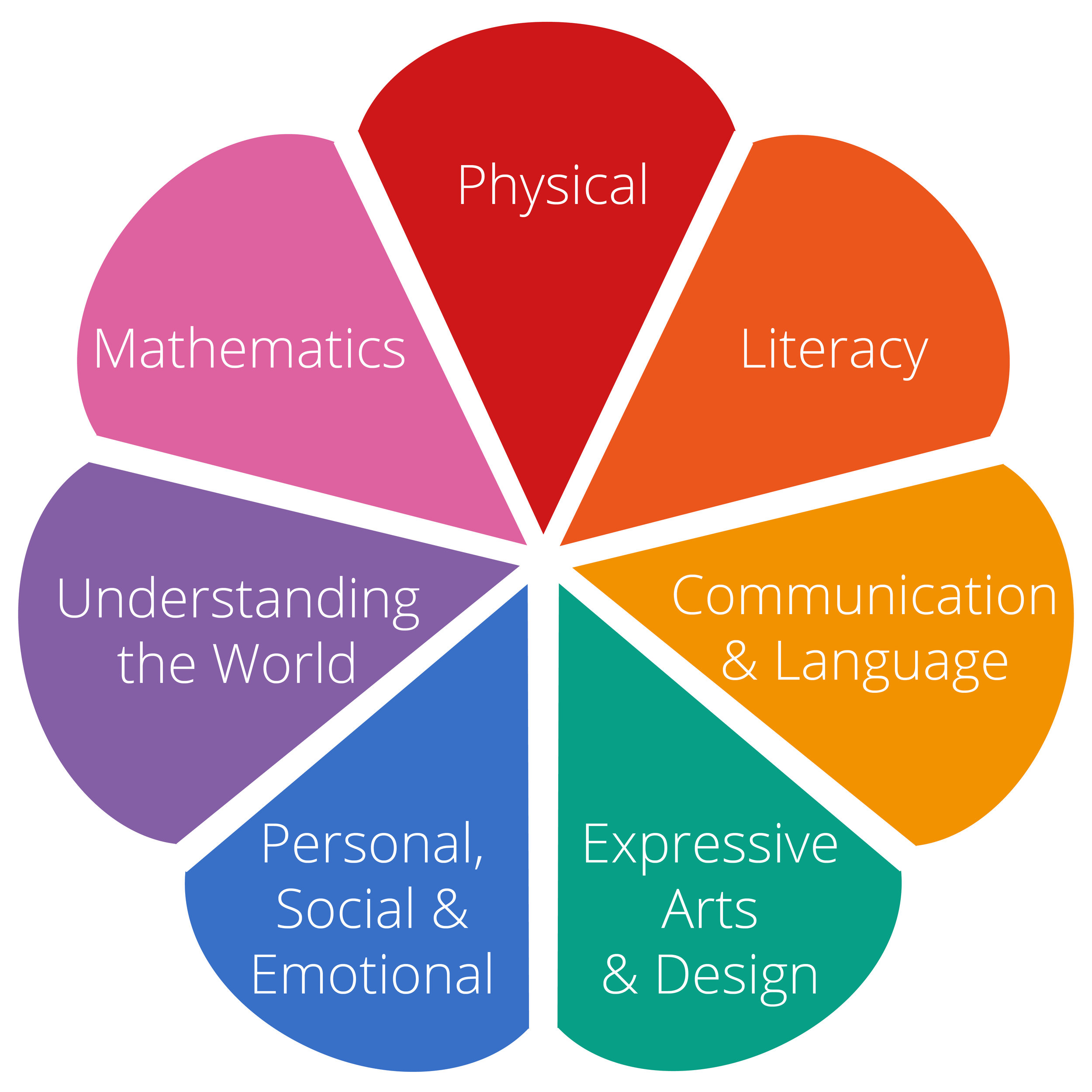Technology has the power to revolutionize education and improve the way we learn and teach. With the advent of new technologies like virtual and augmented reality, online learning platforms, and adaptive learning software, educators are now able to personalize learning experiences and deliver content in new and engaging ways. In this article, we will discuss the opportunities and best practices for using technology in education to improve student learning outcomes.
Opportunities
Personalized Learning: One of the biggest opportunities that technology presents in education is the ability to personalize learning experiences. With the use of adaptive learning software, educators can create personalized learning plans for each student based on their individual needs and learning styles. This allows students to learn at their own pace and in a way that works best for them.
Access to Information: Technology also provides students with access to a vast amount of information. With just a few clicks, students can access a wealth of resources such as educational videos, interactive simulations, and digital textbooks. This not only makes learning more engaging, but it also allows students to explore subjects in greater depth.
Virtual and Augmented Reality: Virtual and augmented reality technologies have the potential to revolutionize education. These technologies provide students with immersive learning experiences that can simulate real-world scenarios and environments. This can make learning more engaging and help students retain information better.
Best Practices
Incorporate Technology into Lessons: Technology should not be treated as a separate entity in education but integrated into the curriculum and lessons. This allows students to use technology to enhance their learning and improve their understanding of the subject.
Use Technology as a Learning Tool: Technology should not be used to replace traditional teaching methods but rather as a tool to enhance learning. For example, using a digital whiteboard in place of a traditional chalkboard to present lessons, use of videos to support learning can make material more engaging, virtual field trips can be used as part of geography class.
Encourage Collaboration: Technology can be used to encourage collaboration among students. For example, students can work together on a project using a shared document or participate in a virtual discussion. This not only improves students' communication and teamwork skills but also promotes a sense of community among students.
Provide Professional Development: Educators should be provided with the necessary training to effectively integrate technology into their teaching practice. This can help ensure that technology is used in the most effective and appropriate way to enhance student learning.
One example of the integration of technology in education is the use of online learning platform like "Khan Academy" . Khan Academy is a non-profit organization that provides free, online education to students around the world. They offer a wide range of educational resources, including video lessons, practice exercises, and interactive quizzes. Khan Academy's resources are available to anyone, anywhere, at any time. This allows students to access the resources they need to succeed, regardless of where they live or what their financial situation may be.
In conclusion, technology presents a wide range of opportunities for revolutionizing education. From personalized learning and access to information to virtual and augmented reality, technology has the power to enhance teaching and learning in ways that were previously unimaginable. By following best practices such as incorporating technology into lessons, using it as a learning tool, encouraging collaboration, and providing professional development, educators can ensure that technology is used in the most effective way to enhance student learning.




